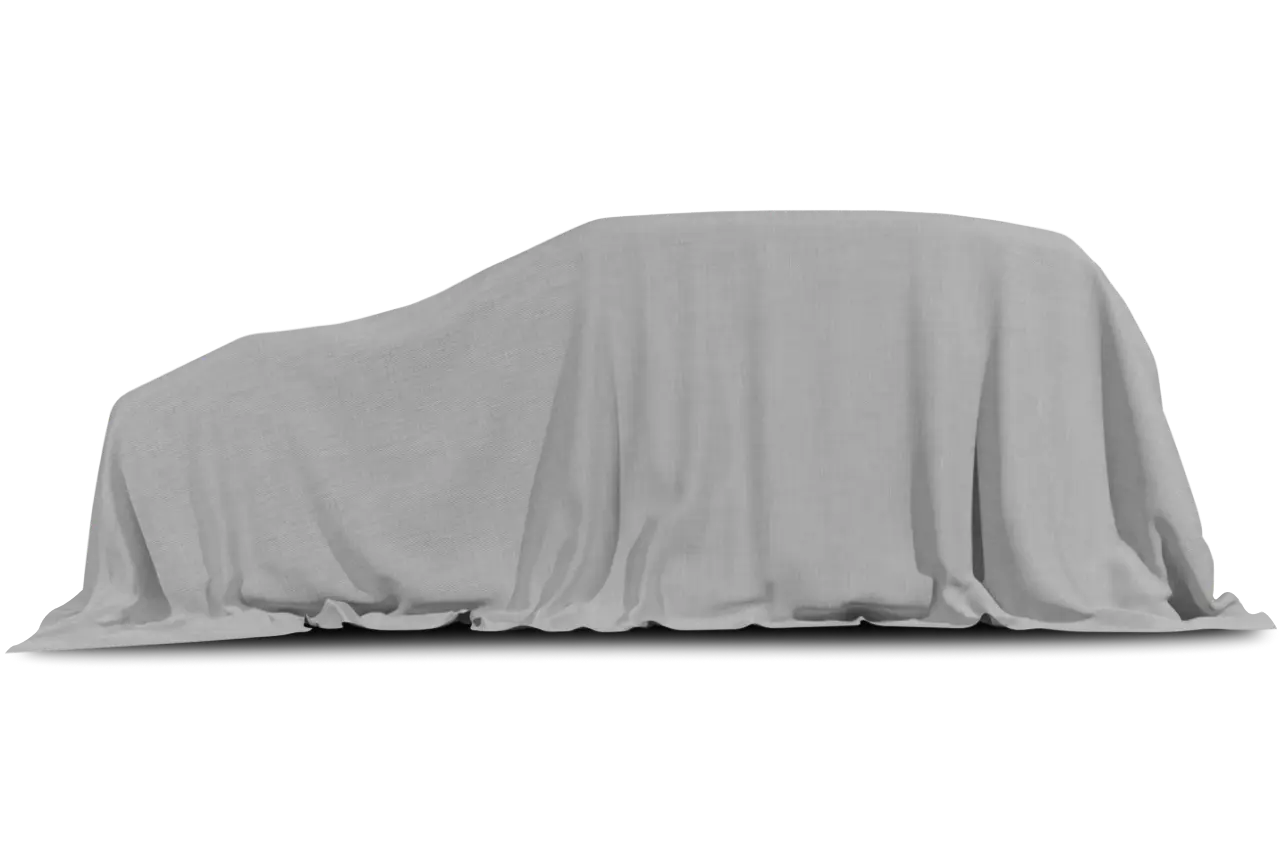
Vehicle Overview
The Z4 coupe and roadster offer a different shade of gray paint for 2008, and the standard wheels grew an inch in the roadster’s optional Sport Package. Otherwise, the Z4 models are completely unchanged for the 2008 model year. They’re available both in base and high-performance M versions. The Z4 competes in the market directly with the Audi TT, Mercedes-Benz SLK, Porsche Boxster and even the Chevrolet Corvette. Ignoring price, other roadsters include the Mazda MX-5 Miata on the low end and the Mercedes SL-Class on the high.
The two main trim levels are 3.0i and 3.0si, and a high-performance M version packs a larger engine and a track-tuned suspension.
(Skip to details on the: Z4 M)
Exterior
BMW’s two-seater displays a blend of convex and concave surfaces, coupled with deeply sculpted bodysides. The Z4 has more edges, especially at the rear, than its rounded predecessor, the Z3.
Featuring a 98.2-inch wheelbase — relatively long for a roadster — the Z4 has a long hood, short overhangs and a low rearward seating position. The hood is aluminum, and soft-top components are made of magnesium, which is strong but weighsless than steel. Equipped with a heated glass rear window, the top retracts beneath an integrated tonneau cover. Manual operation is standard, but powered operation is available. There are roll bars behind the seats, and the A-pillars are reinforced.
The coupe’s front-end styling is similar to the roadster’s, but its fastback-style roof flows seamlessly from the windshield to the stern, ending abruptly ahead of a subtle deck spoiler.
Seventeen-inch wheels wear P225/45R17 run-flat tires. For 2008, the roadster’s optional Sport Package adds 18-inch wheels on the 3.0i as well as the 3.0si.
Interior
The Z4’s controls are well spaced on a distinctive dashboard. Full-width dash panels are either wood or brushed aluminum. Simulated leather upholstery is standard in the 3.0i, while the 3.0si gets real leather. An extended leather option in the 3.0si adds upholstery to the windshield frame, sun visors and doors.
Under the Hood
Two inline-six-cylinder engines are available in the Z4. Both are 3.0 liters, but the 3.0i’s makes 215 horsepower and 185 pounds-feet of torque, while the one in the 3.0si achieves 255 hp and 220 pounds-feet of torque. Roadsters are available with either engine, but coupes come only with the more powerful motor. A six-speed manual transmission is standard in all Z4s, and a six-speed automatic with a clutchless-manual mode is optional.
Safety
Side-impact airbags, knee airbags, antilock brakes and BMW’s Dynamic Stability Control electronic stability system are standard, as is a cutoff switch for the front passenger airbag. To help reduce the chance of being rear-ended, the Z4 carries adaptive two-stage brake lights that increase the illuminated taillight area under hard braking, conveying to following traffic the urgency of the stop. A tire pressure monitoring system became standard in 2007.
Z4 M
The rear-wheel-drive Z4 M is available in both coupe and roadster forms. They’re only mildly differentiated from their lesser brethren, with a tweaked front face and a rear end that incorporates a hint of a race-style diffuser, flanked by quad exhaust tips. Bi-xenon headlights — which means high-intensity-discharge lighting for both high and low beams — are standard equipment on M cars, so even with added power you won’t out-drive your lights.
The M interiors are as subtly differentiated from the base cars as the exteriors. The instruments are white on black, with an adaptive yellow and red LED zone on the tachometer that changes to match the engine’s readiness to rev. (A cold engine shouldn’t be revved as high.) A thick-rimmed M steering wheel and shift knob give these cars a firm handshake, and the pearlescent chrome climate controls and door handles provide jewelry. “Hexagon” trim replaced brushed aluminum in 2007.
The M’s 3.2-liter inline-six-cylinder engine produces 330 horsepower and redlines at 8,000 rpm. The power is transmitted to the asphalt by a six-speed manual transmission and a computer-controlled variable differential lock, which lets the driver enjoy the dynamic sensation of rear-wheel drive without flinging the car into the nearest ditch at the first sign of precipitation.
Driving Impressions
You have to fold yourself a bit to get into the Z4 when the top’s up, and look out for that high doorsill. Accommodations are good for someone 6 feet tall, but for anyone taller, comfort and visibility are questionable. Close to the driver’s head, the glass rear window provides a decent view, but the roll bars and head restraint are obstructive, as is the pillar formed by the roadster’s raised top. Parking can be tricky due to the obstructed view and difficulty judging over the trunk and hood exactly where the rounded body ends.
The dual-layer soft-top helps cut down on noise, but this is clearly a convertible. Interior storage is so-so, with narrow door pockets and a tiny glove compartment that has no lock, leaving it accessible if you park the car with its top down. However, the center storage behind the driver’s right shoulder locks automatically along with the doors.
The car’s weight distribution is even and its handling is competent, but some say the driver’s seat is placed too far back, making for peculiar dynamics. The electric power steering is better than that in some cars, but it’s not great. The Z4 M’s hydraulic steering has better feel.
The Z4 M is the best-executed of the model line — not because it’s the quickest but because all of its attributes are well matched to each other.









